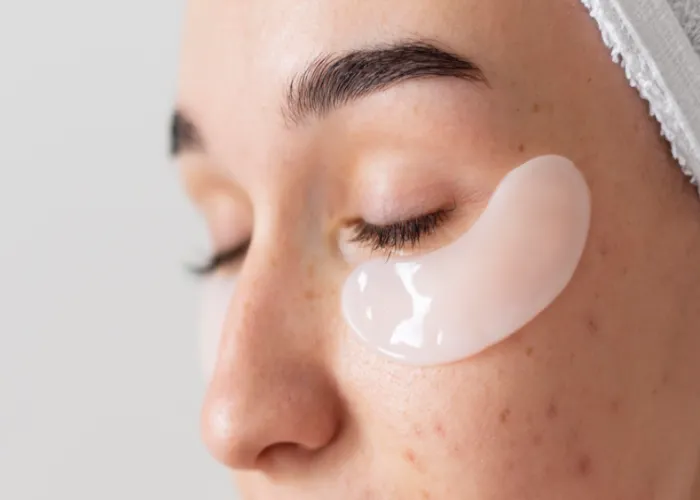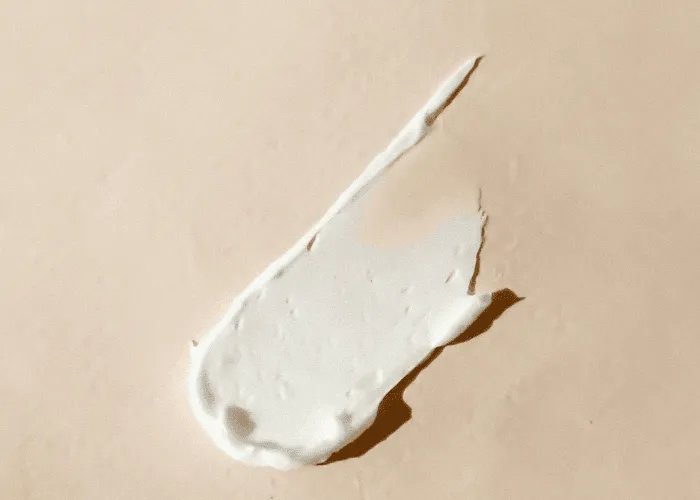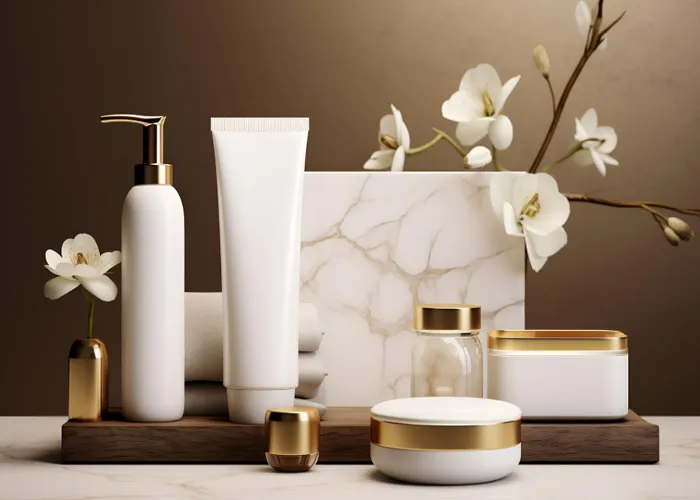How to Find the Best Moisturizer for Acne-Prone Skin

Introduction
When it comes to skincare, finding the right moisturizer can be a challenge, especially if you have acne-prone skin. The dilemma lies in choosing a product that hydrates your skin without exacerbating breakouts. With many options available, it can be overwhelming to find a moisturizer that strikes the perfect balance. In this blog post, we’ll walk you through the essential tips and factors to consider when searching for the best moisturizer for acne-prone skin, so you can keep your complexion clear, hydrated, and healthy.
Understanding Acne-Prone Skin
To effectively choose a moisturizer for acne-prone skin, it’s important to understand what makes skin prone to breakouts in the first place. Acne-prone skin typically suffers from excess oil production, clogged pores, and inflammation, which can lead to various types of acne, including blackheads, whiteheads, and cystic acne. Here are some key characteristics of acne-prone skin:
Excess Sebum Production:
The sebaceous glands produce an oily substance called sebum. In acne-prone skin, these glands often produce excess sebum, which can mix with dead skin cells and clog pores, leading to acne.
Clogged Pores:
When pores are clogged with sebum, dead skin cells, and debris, it creates an environment where bacteria can thrive, leading to acne outbreaks.
Inflammation:
Acne-prone skin is often sensitive and inflamed. The inflammation can cause redness, swelling, and discomfort, making it crucial to use products that soothe and calm the skin.
Bacterial Overgrowth:
The bacteria Propionibacterium acnes (P. acnes) is commonly found on the skin and can contribute to acne when overgrown in clogged pores.
Sensitivity:
Many people with acne-prone skin also experience heightened sensitivity and irritation, making it important to choose gentle, non-irritating products.
How To Choose A Moisturizer for Acne-Prone Skin
1. Look for Non-Comedogenic Formulas
The first rule of thumb when choosing a moisturizer for acne-prone skin is to ensure it’s labeled as non-comedogenic. This means that the product is designed not to clog pores, which is crucial for preventing breakouts. Ingredients such as dimethicone, glycerin, and hyaluronic acid are often found in non-comedogenic moisturizers and can help keep your skin hydrated without causing blockages.
2. Opt for Oil-Free or Gel-Based Moisturizers
Oil-free and gel-based moisturizers are typically the best choices for those with acne-prone skin. These formulas provide hydration without adding excess oil to your skin, which can lead to breakouts. Look for products that contain water or aloe vera as their base, as these ingredients are lightweight and won’t overwhelm your skin.
3. Avoid Heavy, Fragrance-Laden Products
Fragrances and heavy, greasy ingredients can irritate sensitive skin and potentially worsen acne. It’s best to choose moisturizers that are fragrance-free and have a lightweight, breathable texture. Simple, minimal ingredient lists are often better, as they reduce the risk of irritation and allergic reactions.
4. Consider Ingredients with Anti-Inflammatory Properties
Ingredients with anti-inflammatory properties can help calm irritated skin and reduce redness associated with acne. Look for moisturizers that contain ingredients like niacinamide, chamomile, or green tea extract. These components not only soothe the skin but also have antioxidant properties that can protect against environmental damage.
5. Choose Moisturizers with Added Skin Benefits
Some moisturizers come with added benefits beyond hydration. For instance, products containing salicylic acid or benzoyl peroxide can help manage acne while moisturizing. Just be cautious with these ingredients, as they can be drying. It’s essential to find a balance that keeps your skin hydrated without causing further irritation.
6. Patch Test New Products
Before incorporating a new moisturizer into your routine, always perform a patch test. Apply a small amount of the product to a discreet area of your skin, such as behind your ear or on your wrist, and monitor for any adverse reactions over 24 to 48 hours. This simple step can help you avoid potential breakouts or irritations.
Conclusion
Finding the best moisturizer for acne-prone skin involves a bit of research and trial and error, but with the right approach, you can discover a product that keeps your skin hydrated and clear. Focus on non-comedogenic, oil-free, and fragrance-free options, and pay attention to ingredients that offer additional skin benefits. By choosing the right moisturizer, you’ll not only enhance your skin’s health but also support your journey towards a clearer complexion. Remember, consistency is key, so stick with a regimen that works for you and be patient as your skin adjusts.
Feel free to share your favorite moisturizers or any tips you’ve found helpful in managing acne-prone skin in the comments below. Happy moisturizing!




🗨️ Reader Comments